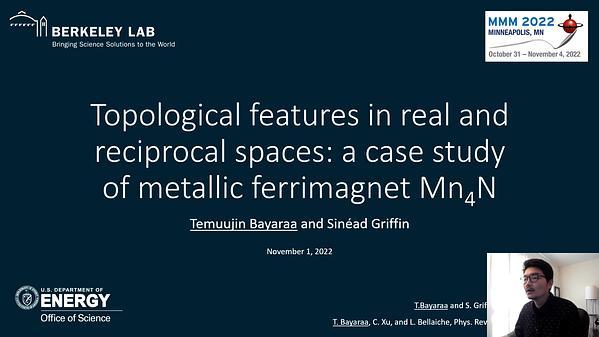Would you like to see your presentation here, made available to a global audience of researchers?
Add your own presentation or have us affordably record your next conference.
Soft magnetic material with high magnetic flux density (B), high permeability (µ), and high resistivity (ρ) is the key for miniaturized high frequency (>10 MHz) passive devices. The popularity of ferrites wane beyond 10 MHz owing to their prohibitively large magnetic losses (Pm), similarly, the spherical ferromagnetic alloys are too lossy due to eddy current losses (Pe). Of late, composites of electrically insulated magnetic particles attracted much attention. However, the trade-offs between µ, ρ, Pm and Pe, etc. demand judicious design of materials to stem eddy-current losses and skin effect by optimizing the thickness and properties of the insulation layer surrounding the magnetic body 1,2.
Here we demonstrate magnetically-aligned FeSiB-based soft magnetic flakes (SMFs; 63-106 µm, t:2-5 µm) coated with optimally thick (~10 nm) SiO2 as the potential magnetic core for power inductors operating beyond 10 MHz. The SMFs with such a high aspect ratio was fabricated by combination of mechanical ball milling of ribbons and then electrically insulted by an optimized sol-gel procedure in presence of silane coupling agent (APTES). Milling helped to reduce ribbon thickness below its skin depth to eliminated Pe at high frequencies.
The effect of milling (duration, RPM, BPR) and coating conditions on the properties of the SMFs were thoroughly investigated. An optimally-tiny fraction of the milled flakes is allowed to become nanocrystalline (Fig. 1c) that augments B and µ without incurring losses. XPS and magnetization measurement results indicate that the thin but robust insulation layer is preserved through the post-annealing process which is necessary for removal of stress. B-H loop shows post-processing, coercivity is reduced significantly (from ~57 to ~6 Oe), but magnetic flux remains same.
References:
1 T. Suzukia, P. Sharmaa, A. Makino, J. Magn. Magn. Mater. 491 (2019) 165641
2 F. Luo, X. Fana, Z. Luoa, W. Hua, J. Wangd, Z. Wu, G. Li, Y. Li and X. Liu, J. Magn. Magn. Mater. 498 (2020) 166084

Fig 1: (a) Schematic representation of the SMFs core. (b) SEM image of the FeSiB-based as-milled flakes. (c) XRD patterns and (d) hysteresis loops of the as-milled and of SiO2 coated flakes (~63-106 µm) before and after annealing at 425oC in an inert atmosphere.
